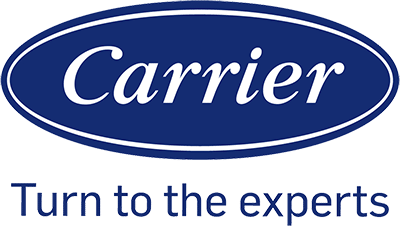Fundamentals of Ductless Heating Systems

Ductless heating systems, often called mini-splits, offer versatile solutions for both heating and cooling. They are known for their efficiency and flexibility.
Key Components and Functionality
The main parts of a ductless system include the indoor unit, outdoor unit, and refrigerant lines. The indoor unit contains the evaporator and blower, which distribute warm or cool air. The outdoor unit houses the compressor and condenser, which pump refrigerant to and from the indoor unit.
Refrigerant lines connect the indoor and outdoor units, carrying the refrigerant. The compressor in the outdoor unit pressurizes the refrigerant, which then moves to the indoor unit to absorb or release heat.
Types of Ductless Systems
There are several types of ductless systems, including single-zone mini-splits and multi-zone mini-splits, as well as ductless heat pumps and ductless air conditioners.
Single-zone mini-splits are ideal for heating or cooling one specific area. Multi-zone mini-splits can connect multiple indoor units to one outdoor unit, allowing temperature control in different rooms.
Ductless heat pumps can switch between heating and cooling modes, making them effective year-round. Ductless air conditioners provide cooling only but are efficient and straightforward for areas needing cooling.
Installation and Maintenance Considerations

Ductless heating systems offer flexibility in installation and ongoing maintenance. Key factors to consider include correct sizing, proper placement, and regular maintenance to ensure optimal performance.
Proper Sizing and Placement
For the best performance, the system must be appropriately sized based on the space it will heat or cool. Proper sizing ensures that the unit can maintain comfortable temperatures without overworking. Incorrect sizing can cause inefficiency and higher costs.
Placement of indoor units is crucial. They are commonly mounted on walls but can also be placed on the ceiling. Correct placement ensures even distribution of temperature and prevents obstructions that might hinder performance. HVAC professionals usually take into account factors like accessibility and airflow patterns during installation.
Installation Process and Professional Involvement
The installation process involves several steps, including mounting the indoor unit, running the power cable, and connecting the system components. Even though ductless systems are known for relatively easy installation, professional involvement is crucial to ensure a reliable setup.
HVAC installers are trained to handle the equipment and ensure all connections are secure and efficient. Professional installation minimizes the risk of errors and ensures that all safety standards are met. While this might add to the initial cost, it often results in greater energy efficiency and lower long-term expenses.
Ongoing Maintenance and Efficiency
Regular maintenance is essential for ductless heating systems. This includes cleaning filters, checking refrigerant levels, and inspecting the unit components to ensure everything is functioning correctly. Regular checks can prevent issues before they become significant problems.
Efficient operation depends on keeping the system clean and well-maintained. This not only prolongs the life of the equipment but also keeps energy costs down. Rebates and savings can sometimes be applied for models rated for high energy efficiency. Keeping up with maintenance also ensures the system remains quiet and provides consistent comfort all year round.
Costs, Benefits, and Design Options

Ductless heating systems offer a variety of benefits, including energy savings, design flexibility, and suitability for different building types. Costs can vary, but the investment can pay off in long-term savings and increased comfort.
Analyzing Energy Consumption and Savings
Ductless heating systems, especially mini split systems, can provide significant energy savings due to their high efficiency and zoning capabilities. They control the temperature of individual rooms, leading to less energy wasted in unoccupied areas.
A heat pump mini split system is often more efficient than traditional systems like furnaces or electric heaters. These systems offer lower operating costs, particularly when cooling and heating specific areas such as a garage or shed. The initial costs are higher, but the lower monthly bills can offset this over time.
Aesthetic Influence and Spatial Flexibility
Ductless systems offer design flexibility and various aesthetic options. Indoor units can be wall-mounted, ceiling-mounted, or even floor units, allowing for seamless integration into a room’s design. This flexibility can be especially beneficial during renovations or retrofits in older homes where space is a concern.
They also free up space that would be taken by traditional systems like radiators or ductwork, providing a cleaner look. Mini split systems can fit into tight spaces and are less intrusive, making them an ideal choice for individual rooms or spaces with unique design needs.
Advantages and Limitations for Different Building Types
Ductless systems provide advantages for various building types. In residential homes, they are ideal for retrofitting and renovations due to their easy installation and lack of ductwork. These systems can also be beneficial for commercial buildings that need specific temperature zones.
However, there are some limitations. Their cooling and heating capacity might not be sufficient for very large spaces or entire buildings without multiple units. Sizing the system correctly is crucial to ensure efficiency and comfort.
In summary, ductless heating systems can offer energy efficiency, aesthetic flexibility, and suitability for various building types. While initial costs are higher, the benefits often outweigh this, providing a comfortable and cost-effective solution.




